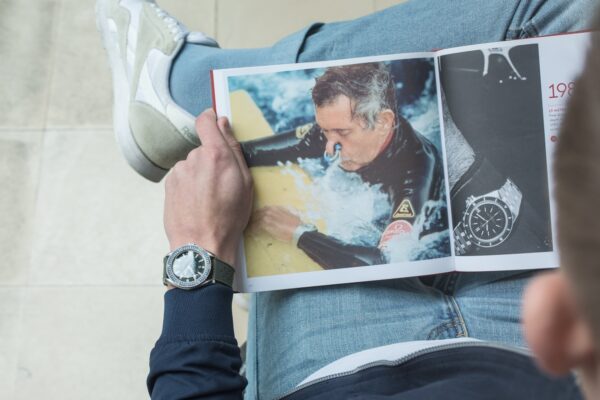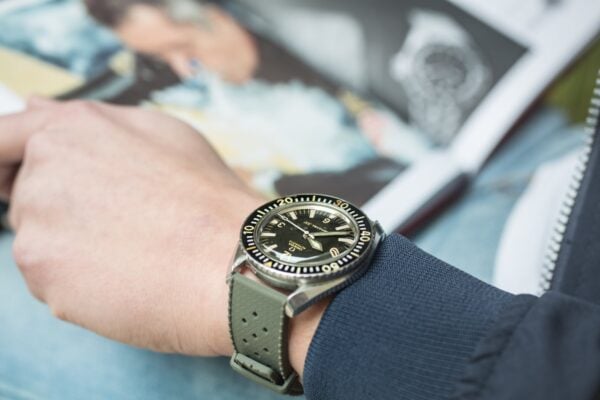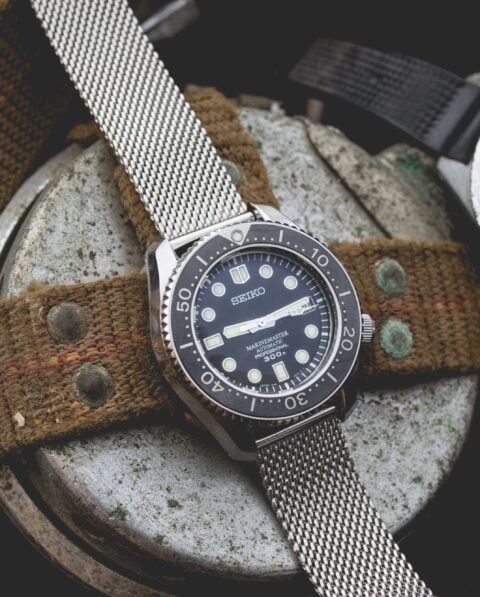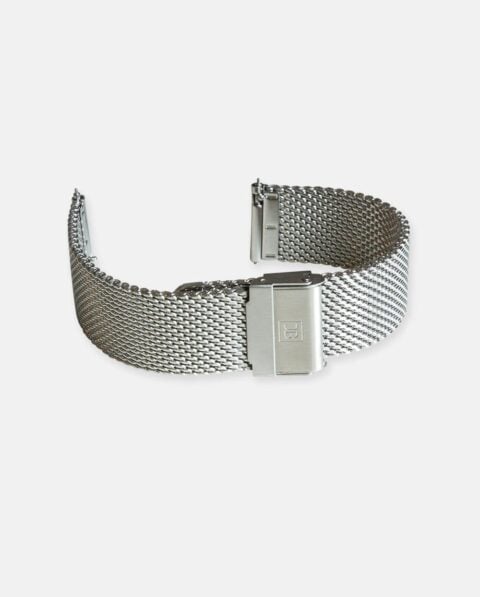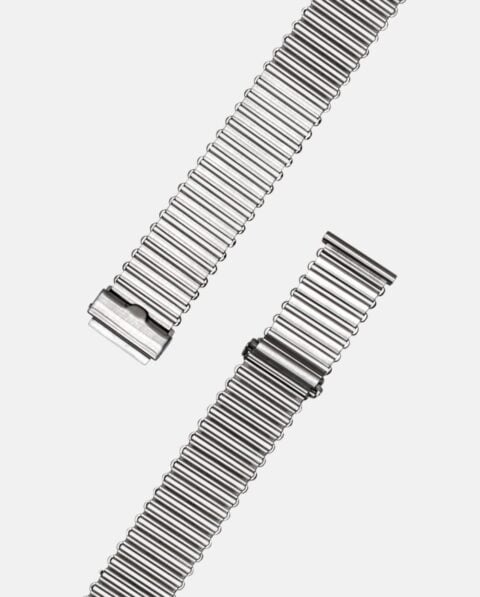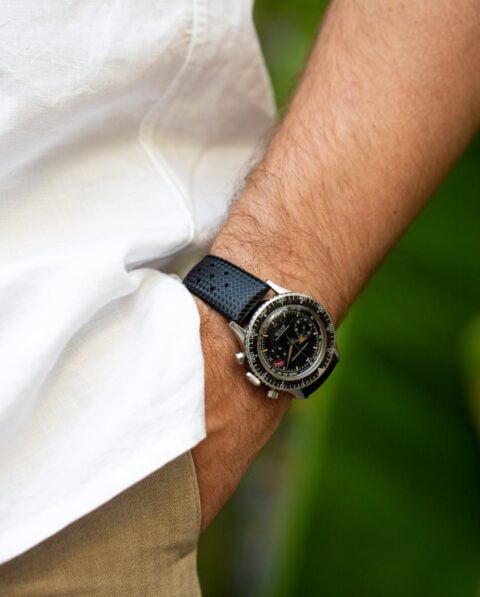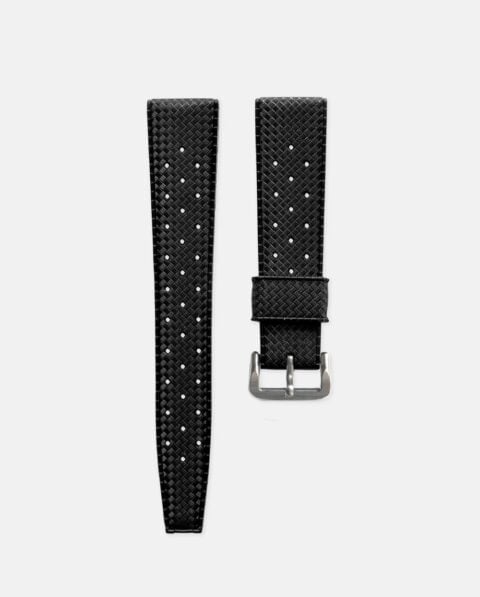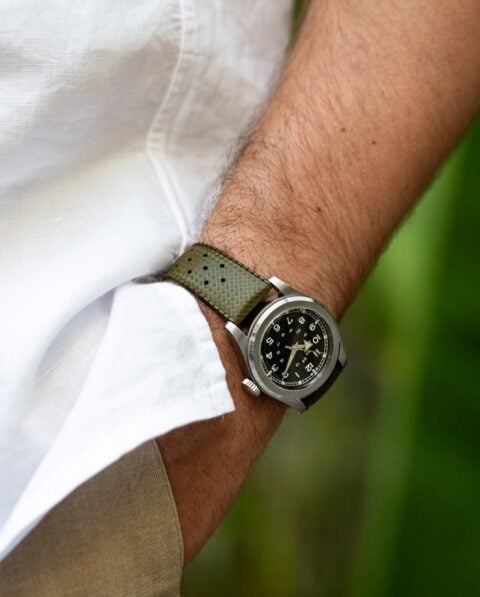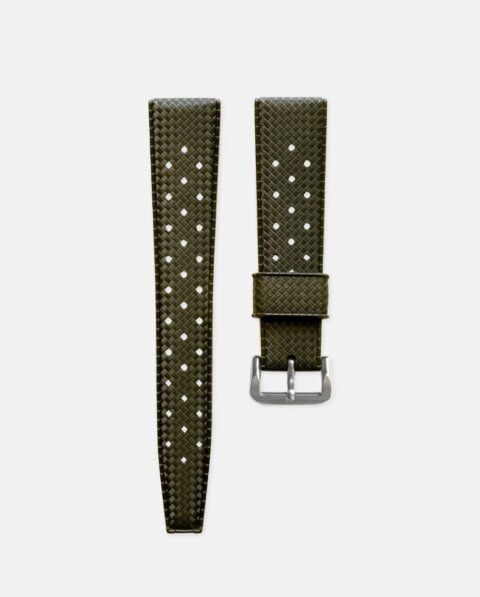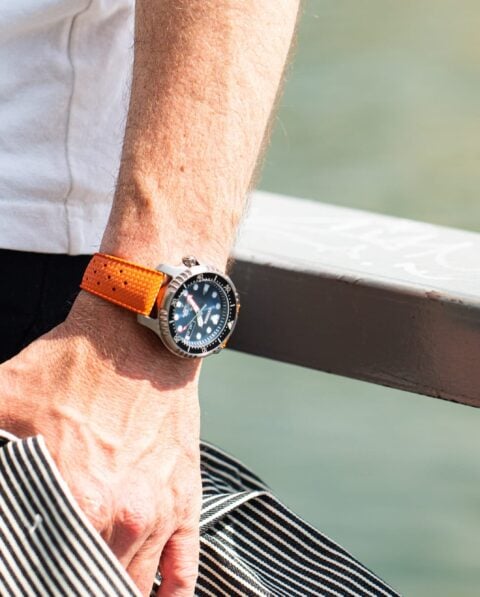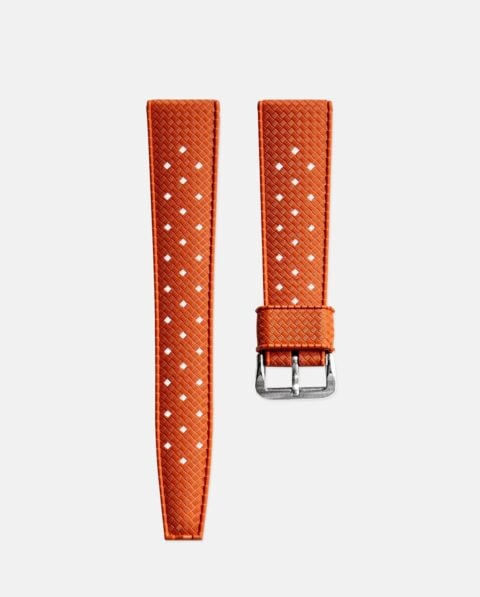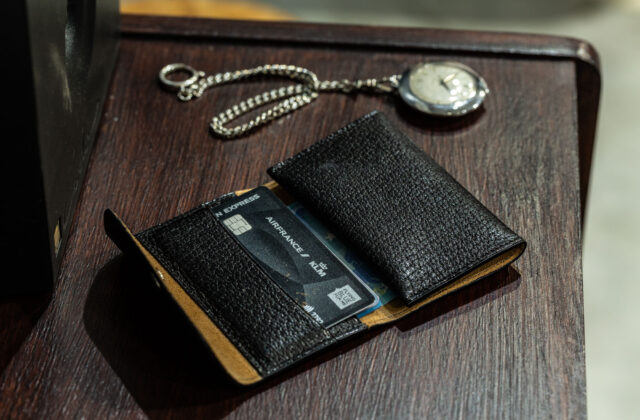4 essential tips when dealing with water-resistance

4 Essential tips when dealing with water-resistance
We recently unveiled a selection of new Perlon watch straps that created quite the ruckus. Why wouldn’t it? It does match military and dive watches marvellously well and its resistant lightweight material is great for warm temperatures and isn’t afraid of water. The level of “water-resistance” isn’t the same for the vintage dive watch however…
So before you whip out your old Submariner and head for the waves or a pool party with the kids, take a seat, have a Spritz, and hear out our 3 key tips when wearing a dive watch. You’ll thank us later.
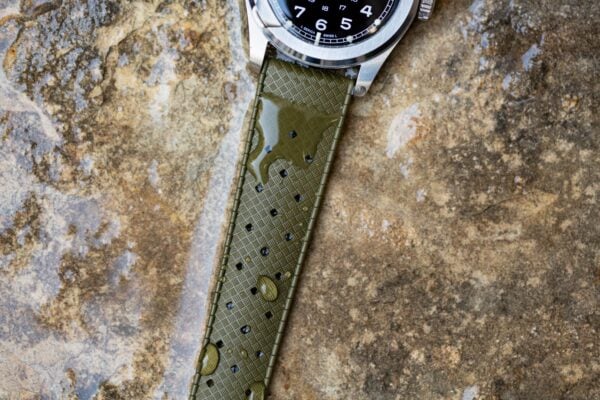
Tip #1: Don’t take water-resistance mentions literally
The level of water-resistance of your watch is usually found on the case back or on the dial. You’ll notice that it’s written in either ATM, Bar, or Meters. It indicates the amount of pressure a watch can withstand before leaking. 1 ATM roughly equals 1 Bar or 10 Meters.
Cool! Does this mean that if 3 ATM is marked on your dial you can go swimming at 30 meters underwater? No way. Not if you’re ready to do some damage to your watch…
Water-resistance can go up to 100 ATM for expert divers, but here’s a rundown for the rest of us normal folk…

Tip #2: Refrain from taking your vintage dive watch for a dip
This will be short and sweet. We strongly discourage anyone with a vintage dive watch, no matter its condition, to take it swimming. Even if you just had it serviced and installed new joints, the fact of the matter is, it’s an old watch. The “dive watch” label is secondary under these special circumstances.
So better leave your vintage Tudor Submariner at home and opt for a newer reliable Seiko diver instead. It’s not worth risking a timeless vintage treasure.
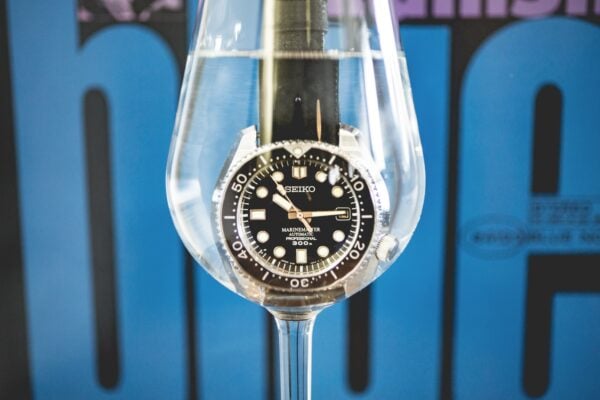
Tip #3: Do take your dive watch to get regular check-ups
Like a live human, your dive watch will need the occasional visit to its doctor the watchmaker. This is especially the case when the wearer is a frequent swimmer or diver. We highly recommend geting your diver serviced regularly and eventually replace certain joints that aren’t up to par.
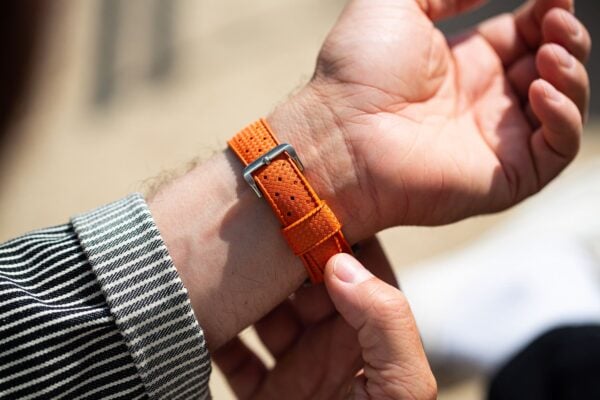
Tip #4: Equip your diver with the right strap
A dive watch usually comes with its standard steel bracelet. Don’t hesitate to surf the waves with it, it’s made for it. On the other hand, if you want a different look without altering its efficiency under water, other options are available to you!

